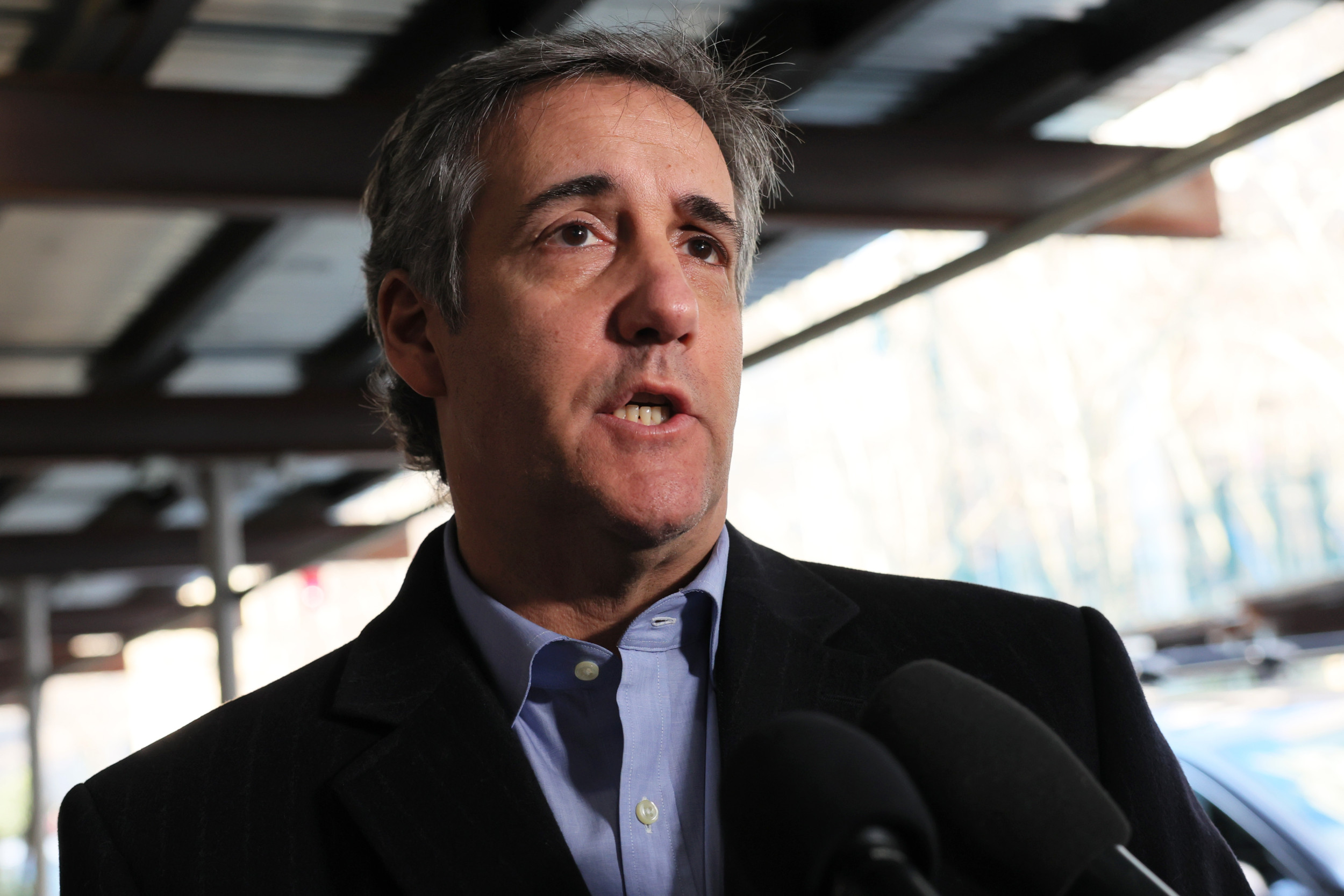A strong Democratic majority in Congress does not mean a strong abortion-rights majority. That fact became painfully clear during the health-care-reform debate, when intraparty fissures over abortion threatened to derail the Democrats' legislation, arguably more so than any other issue. What was less clear though, was why. How was it possible that the Democrats, with a 78-seat majority in the House and a party platform supporting abortion rights, could see one of their key bills nearly brought down by opponents of abortion?
Democrats clearly support a woman's right to choose in their party platform. But when it comes to candidates in swing states and more-conservative districts, the party often supports people who oppose abortion rights. It's a strategy that has helped Democrats take over Congress and amass a commanding majority in the last two elections. But the health-care debate shows the challenges it presents for them when trying to govern.
Republicans, by contrast, have generally treated abortion as a litmus-test issue for their party's nominees in all but the most liberal Northeastern states. Consequently, the GOP congressional minority is firmly united around opposition to legal abortion.
That development is relatively recent and would have been hard to predict back in 1967, when Republican Gov. Ronald Reagan of Califor-nia signed one of the country's most permissive abortion laws. As recently as the 1970s, abortion was not a party-line issue. In fact, when the Supreme Court ruled on Roe v. Wade in 1973, Democrats actually polled as being less supportive of abortion rights than Republicans, ac-cording to a 2002 study in the academic journal Political Behavior. Only a few years later, Reagan saw the need to pick off socially conservative blue-collar Democrats to win the presidency. After he was elected on a strongly anti-abortion platform—his running mate, George H.W. Bush, flip-flopped on the issue to join him—Reagan essentially set the agenda for the party for decades to come. "Ever since Reagan, continuing right on through today, the Republicans have treated this as an orthodox position," ex-plains Edward Carmines, a political-science professor at Indiana University who has studied the evolution of the abortion issue in politics. An influx of evangelical voters in the 1980s and '90s, who also tended to oppose abortion rights, solidified the Republicans' position.
At the same time, Democrats staked out a pro-abortion-rights stance but did so less ardently. "They've more or less taken the position that pro-choice is the natural position of the party," says Carmines. "But they've never seen it as orthodoxy. They're inclined to be pro-choice, but in much more of a 'live and let live' way." Other credentials, such as a strong support for organized labor, were seen as more pressing for Democratic candidates. This ultimately gave anti-abortion-rights activists the upper hand in the House—NARAL Pro-Choice America, using three votes over the past year, estimates that 42 percent of the 111th House of Representatives supports abortion rights, 42 percent oppose it, and 11 percent of representatives have a mixed record. "The savviness of the pro-life movement today," says Ziad Munson, a sociologist at Lehigh University and author of The Making of Pro-Life Activists: How Social Mobilization Works, "is their ability to capture one party and make [abortion a central issue], but at the same time have a number of people within the other party that stick to their position at all times."
The contrast became particularly apparent in this last election cycle, when the Democrats ran a dozen anti-abortion-rights candidates in Republican districts they hoped to flip. It was, according to a New York Times story, "the highest number of anti-abortion candidates the party had fielded in recent memory to run for either open seats or against Republican challengers." Kristen Day, director of Democrats for Life, described 2008 as "the year that pro-life Democrats have received the most support from the party in Washington."
For the national party, the strategy made sense: it was a salient issue that could win on-the-fence voters wary of a pro-abortion-rights candidate. Public-opinion polls have shown Americans who oppose abortion rights are more likely to consider it a key voting issue than those who support abortion rights. "Voters who are strongly opposed to abortion and gay marriage are much more likely than other voters to say that these are very important voting issues," a 2008 Pew Forum on Religion and Public Life poll found. "Among the 13% of voters who say abortion should never be permitted, more than three-quarters (78%) say it will be a very important issue in their vote this fall." Forty-seven percent of definite McCain voters listed abortion as a voting issue in 2008, compared with 36 percent of definite Obama voters, so the strategy made sense in terms of win-ning over conservative voters who considered abortion a voting issue. Moreover, it seemed like an incredibly safe bet, unlikely to derail a legislative agenda. Congress rarely votes on abortion issues; most legislation happens at the state level, where legislatures handle hundreds of bills each year collectively.
The strategy helped Democrats secure the strong majority they have in the House today but did not create a Congress always inclined to support abortion rights. That, says Georgetown political scientist Clyde Wilcox, coauthor of Between Two Absolutes: Public Opinion and the Politics of Abortion, is an inevitable outcome of capturing more divided districts. "Whichever party wins the close races is going to be more divided," he says. "The Democrats won those districts that are kind of moderate, so now they're dealing with the fallout of that."
When the crucial House health-care debate did turn to abortion, Democrats found themselves imperiled and without a strong pro-abortion-rights majority. And that leaves open a strategic question for this November: should abortion become more of a litmus test for the party in order to head off future intraparty breakdowns? It's doubtful that abortion will derail House Democrats' next agenda item, likely to be financial regulation or energy. Still, sociologist Munson suggests that the health-care struggles ought to give Democrats pause in con-sidering their strategy on abortion going forward. "This last debate has taught the country a lot about whether there are advantages to the 'open tent' strategy," he says. "The strategy is to be maximally inclusive and thus produce votes. But if those votes don't translate into the ability to make good on policy positions, the advantage is not clear."
Uncommon Knowledge
Newsweek is committed to challenging conventional wisdom and finding connections in the search for common ground.
Newsweek is committed to challenging conventional wisdom and finding connections in the search for common ground.
About the writer
To read how Newsweek uses AI as a newsroom tool, Click here.






